#i added DETAILS
Explore tagged Tumblr posts
Text
A much older drawing i did of this AU, wayyy back when i first started writing it. I wanted to play with lineless art, and it. Was HARD. Im honestly proud of the end piece, especially considering how long the stupid thing took. It’s meant to be a kind of timeline of what the riders look like through out the story itself. Rob, DoB, RTTE, and then the last stretch. Most of these designs aren’t definitive though, i came up with them on the spot (Kari’s first design isn’t the same as what I’ve settled for now, but I’m super proud of the last Ruffnut) but it was, quite literally, the first artwork i did for this story at all, and felt I should share

Plus closeups, because the artwork is kind of big and i NEED people to see all the stupid details that went into this art piece that took me LITERAL years to finish




#I’ve said it once about a drawing for this AU. and ill say it again#some of these designs aren’t going to be the final look for their respective eras#though some will#if you asked me at the beginning of drawing this what the hardest part was#i would have said the metal for their helmets#now that it’s done?#TUFFNUTS DREADS#THOSE THINGS DROVE ME NUTS#but they’re ironically now one of the parts I’m most proud of#i added DETAILS#details ill save for a comment and not the tags#but ✨here you go✨#httyd/the deep crossover#ant nekton#antaeus nekton#the deep oc#snotlout jorgenson#ruffnut thorston#tuffnut thorston#ruffnut and tuffnut#fishlegs ingerman
32 notes
·
View notes
Text

the honda odyssey, huh?
#poolverine has taken over my every waking thought#they're the defintion of matching each others freak#you can tell my brainrot is bad by the fact that I willing drew a car#and don't get me started on this pose it took me ages to figure out#anything for peak old men yaoi#hope you enjoy the freaky little details I added in here#poolverine#deadclaw#poolverine fanart#deadpool#deadpool fanart#deadpool and wolverine#wolverine#fanart#my art#digital art
69K notes
·
View notes
Text







a project I finally got around to finishing!! the mane 6, inspired by their earlier generation counterparts, within a medieval fantasy style setting. please don't repost without permission! you just need to ask.
some fun facts:
fluttershy is half unicorn here!! that's why she has the deer-like build and slightly long tail.
rarity is half horse
applejack is fully just a horse.
pinkie and rainbow are the only true ponies
their jobs (in the order shown in the lineup) are royal messenger, royal jester, royal menagerie keeper, royal tailor, royal orchard farmer and Queen Celestia's Most Specialest Student.
in this au, they all met due to working within the castle grounds.
in this au, celestia is queen, luna is still banished, and twilight is discouraged from making friends as it distracts her from her studies. she is celestia's heir and grew up in the castle.
they are all marekissers. lol. also rarity is transfem and rainbow is bigender.
#mlp#my little pony#worked SO hard on these I hope you guys like them!!!!#sorry about the watermarks. not taking any chances with these ones I spent hours on them#most of these were finished MONTHS ago. it was just fluttershy I had to finish#mlp fanart#mlp au#my little pony au#mlp g1#mlp g3#horse#pony#unicorn#pegasus#fantasy#yes the wings were heavily referenced. why is feather placement so difficult man#beastwhimsy#medieval mlp#medieval mlp art#mlp medieval#there have been a LOT of people whose ideologies make me deeply uncomfortable reblogging this lately#so. I have added some details at the end of this post. to hopefully dissuade them from reblogging. if I'm lucky#trans exclusionists this post is not for you.
20K notes
·
View notes
Text




You've Been Portal Jacked! Part 4
[Prev] [Masterpost] [Next]
He definitely saw this coming
#rottmnt#rise of the teenage mutant ninja turtles#rottmnt leo#rottmnt casey jr#rottmnt raph#rottmnt donnie#rottmnt mikey#YBPJ#Btw just to avoid any future confusion:#Casey Jr will be referred to as CJ/Junior/etc#Cassandra will be called Casey/Cass/etc#depending on who is talking to or about them#Edit: Added some details with CJ that I forgot oops#You've Been Portal Jacked!
4K notes
·
View notes
Text

Hope nobody did this with Plo Koon and Commander Wolffe before!
Tumblr messing up the picture's quality again
The template by @mellon-soup under the cut!

#star wars#plo koon#my art#commander wolffe#clone wars#tcw#commander ad#mellon soup#I got lazy with the lineart#drawn from memory#for plo koon that is#No way I'd remember Wolffe's armor in details#about that#don't ask me where Wolffe's right arm went#it wasn't on the ref and I thought it would look busy if I added it#general buir
2K notes
·
View notes
Text






It's a whole set now btw.
#There's still like a couple details on the skirt I need to finish#the fake buttons are going to be knitted flowers because I cant find anything I like#also adding the same flowers to a couple of the berry clusters#also the skirt will have heart cable pockets#knitblr#knitters of tumblr#knitting#knitwear#cottage#cute#fashion#alternative fashion#japanese fashion#strawberry#cable knit#cottagecore#cottage aesthetic#my post
2K notes
·
View notes
Text


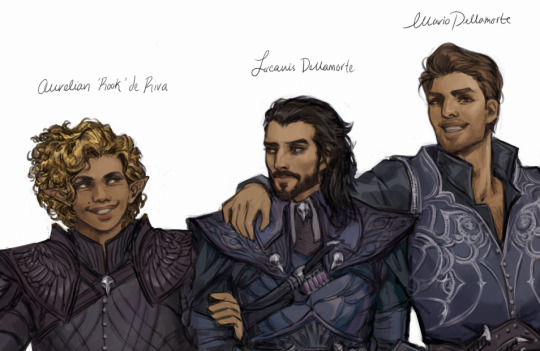
a friendly little murder 😊🐦⬛🖤🗡️ the crows really said you're going to wear purple leather and you're going to like it
#teia cantori#viago de riva#auri de riva#lucanis dellamorte#illario dellamorte#datv#dav#dragon age#my ocs#my art#girl help im getting attached to side characters#it's like a little family if you think about it. if you think about. it. if you really think about it. if you really#lowkey wish i hadn't spent so much time on this but u know what#it's been a rough couple weeks i can overwork sm if i want#if there's two things i can always count on in my times of need it's organizing things into categories and adding tiny details to armor#dav spoilers#datv spoilers#veilguard spoilers#GAH sorry sorry sorry i forgot
3K notes
·
View notes
Text

Sarisoka
#since togruta have a lot of Indian influence I wanted to draw her in a sari#wish I added more detail but it is what it is#star wars#ahsoka tano#star wars fanart#my art#snawleyys art#star wars art#ahsoka#digital art#sw tcw#togruta
3K notes
·
View notes
Text


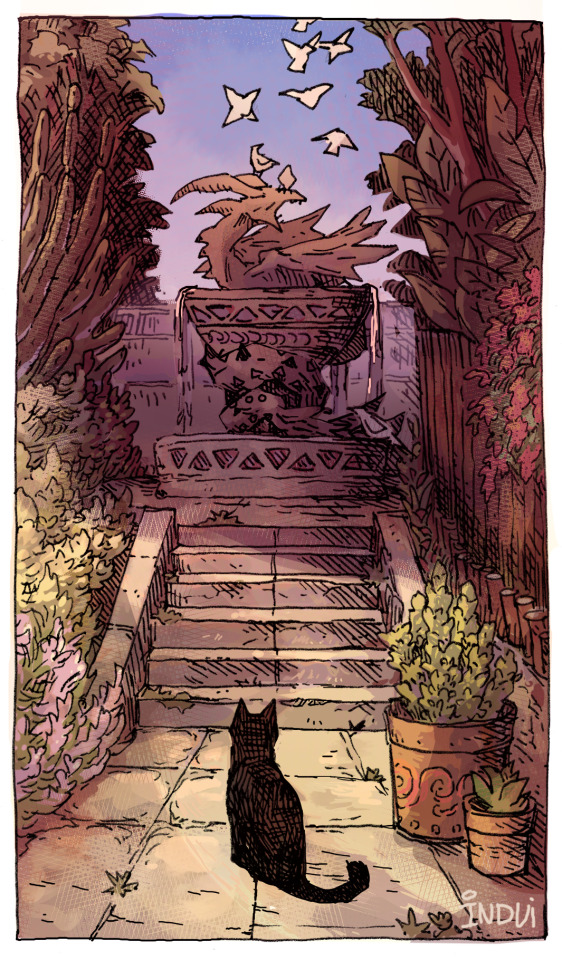
Quiet corners 🐈⬛
#cats#black cats#art#fantasy art#inks#lil series of pictures i made based on photos of my sister’s neighborhood#it’s a very hilly and cramped and cute place …#and as usual i added some details of my own#esp cats …#black cat#btw#sry yes i already posted the first one on its own …#posting it again with these other two cuz they’re all based off the same area
7K notes
·
View notes
Text
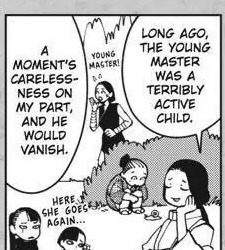
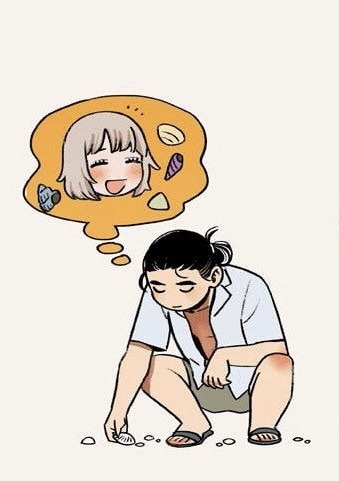
Omg guys he just genuinely likes bugs and mollusks and critters 😭💘💔 Forced to noble when he just wanna crouch and watch things skitter in the dirt…
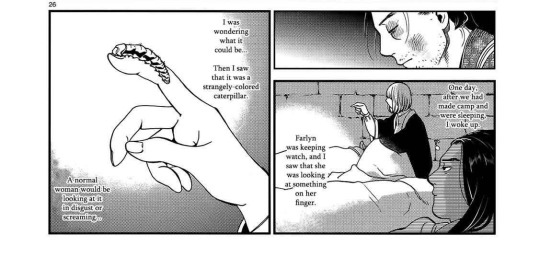
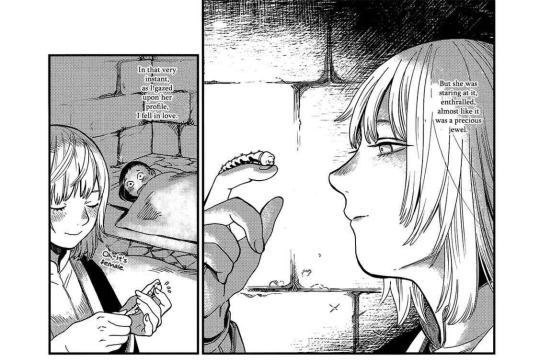
#Dungeon meshi#delicious in dungeon#spoilers#dungeon meshi manga spoilers#toshiro nakamoto#shuro#tfw you latch onto the first person you see that shares your interest#I’M SOBBINGGG#Yeah i didn’t know the hag monster tidbit existed so now I’m adding stuff into my masterpost#6 yo toshiro watching a snail and tuning out his nanny calling for him I’m screaming#This post is blowing up so: just for your information I made a masterpost on his whole family situation we do get a lot of info on him#His character goes quite deep it’s just not relevant to the wider story so Kui doesn’t go into details in the plot#So yeah look for that on my blog if you want. Also he likes flowers <3#Nature lover toshiro
5K notes
·
View notes
Text

#tw spoilers#:(#poppy playtime#poppy playtime fanart#poppy playtime doey#poppy playtime player#doey the doughman#conflictedemmadraws#i finally drew his other form....#i added my own little details to it hehe
2K notes
·
View notes
Text
My gift for @jaylestial for secret solenoid @secretsolenoid-revived ! Drew a scene from their fic “Steady as We Burn” in Ao3. Not exact depiction but close enough. I hope you like it! ;u;

#megatron#starscream#tf one#maccadam#transformers one#transformers#my art#megastar#unfortunately i was so busy this month i couldn't finish the fic but oh my god it was delicious. this whole dynamic between them .. and the#fact that starscream admired/loved megatronus in the past#planning to continue once i have the time again#but i hope you like it! 💖#this scene was particularly striking to me#and while not exactly my usual coloring style i did enjoy adding the details/texture on megatronus' helm#myart
1K notes
·
View notes
Text
yeah see i run this hustle where i meet an average nerdy guy in his late 20s who's lowkey suicidal drinking alone in his apartment with his xbox and milk crate table and i take his virginity on the mattress on the floor and when he tells me he loves me in the afterglow i know ive got him so i let the sucker impregnate me extort him for vbucks for 7 months and then get a 3rd trimester abortion steal his cash and weed carts and skip town, I hear they're calling me the Male Loneliness Epidemic at Quantico
1K notes
·
View notes
Text
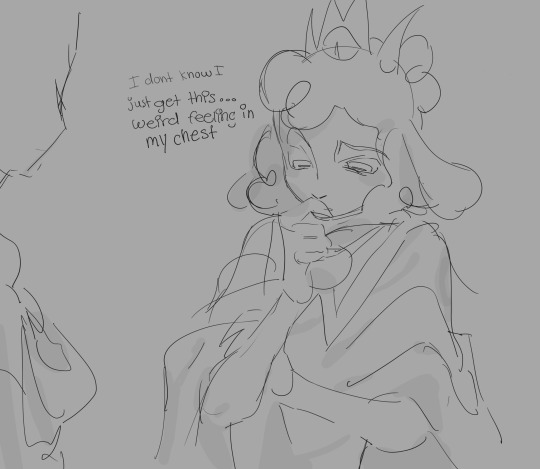




Thinking about trod au 😔😔😔😔😔
4K notes
·
View notes
Text

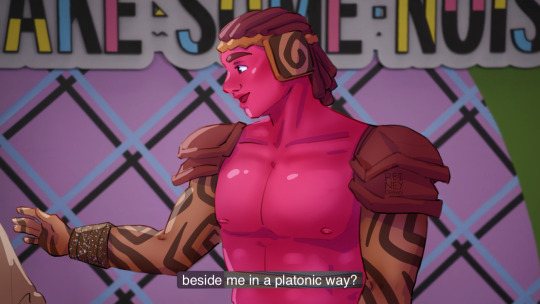

this pastrami sandwich and his cheese skald live rent-free in my mind 🥲
#colindeli#colin provolone#thane delissandro katzon#the ravening war#dimension 20 fanart#trw#dimension 20#d20#d20 fanart#d20 trw#dropout#dropout fanart#i tried way too hard on this 🥲 lost myself with all the colours and lightinf and stuff#before remembering this didnt need to be so detailed#ah well.#also had too much fun adding highlight bubbles to deli lmao#no ragrets tho
786 notes
·
View notes
Text

(Click for higher quality/too see details!)
Early morning at the Kitty Cafe!
I had a lot of fun playing with this one. Hermits and kitties, what else do you need in life?
Close ups under cut!
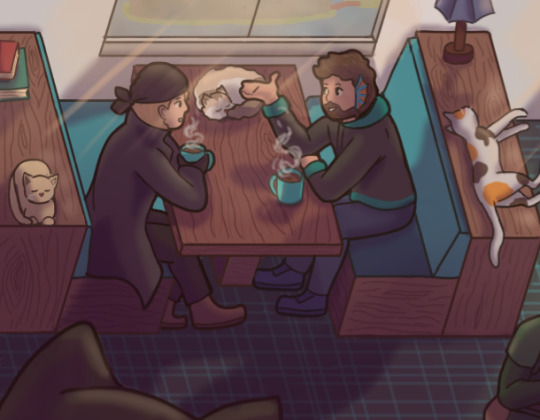
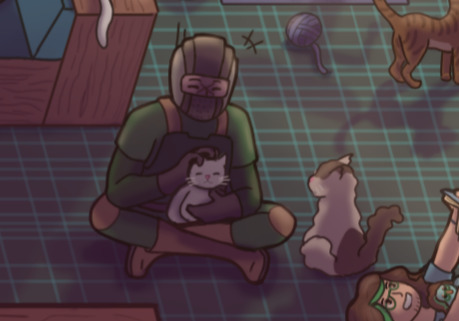
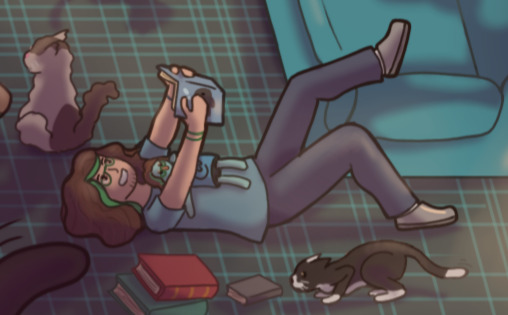
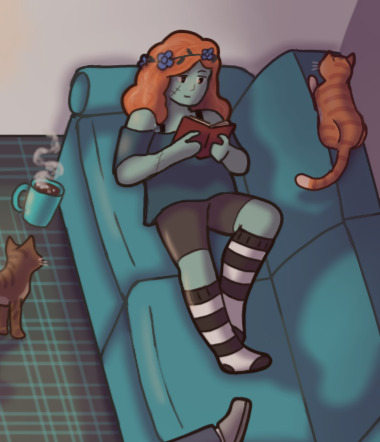
#hermitcraft#hypnotizd#xbcrafted#xisumavoid#zombiecleo#joe hills#joehillstsd#hermitcraft fanart#stranger's sketches#lil details for anyone curious:#The cat between Hypno and XB is Max.#the orange cat next to Cleo is Atlas#Joe is reading Moby Dick (there's a lil whale on the cover)#also Juppet is sitting on Joe's chest. he's reading to him#also also Cleo is drinking hot chocolate because they've said they don't like coffee or tea.#it's got lil marshmallows in it#i had so much fun with this one. it took me so long#i also had to kinda learn how to draw cats but hey i think i got better!#i also tried to mimic the minecraft cats#so the one in the one napping in the cat bed is Jellie. i would have added Gladios but i was too late in the process when i remembered Cleo#had a second cat#rip#art#my art
597 notes
·
View notes